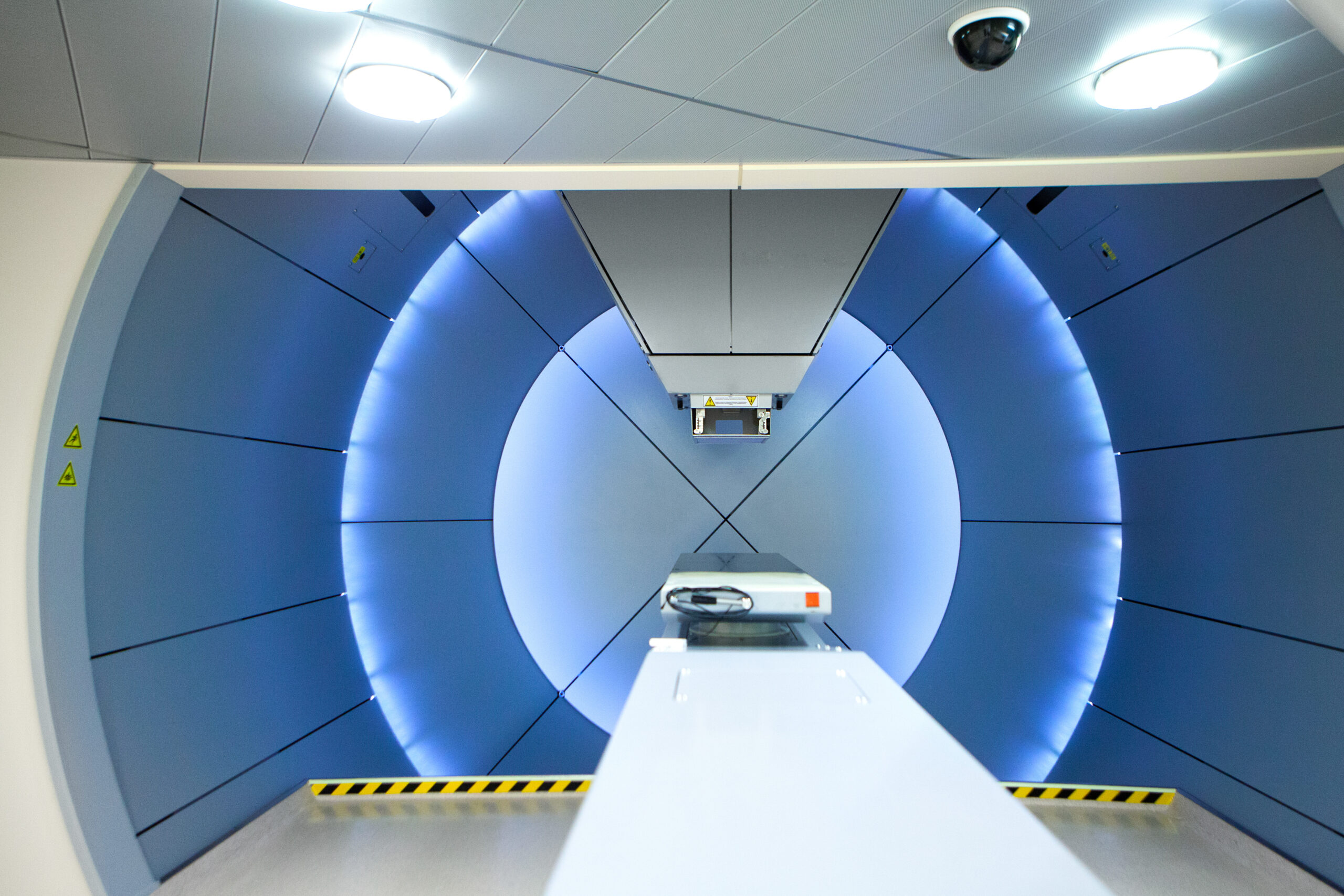In the 1980s, the Food & Drug Administration (FDA) studied the causes of voluntary recalls of medical devices. Between October 1983 and September 1989, they found that about forty-four percent of these recalls were due to design issues.[1] The FDA did not have the legal authority to do anything about it until Congress passed the Safe Medical Device Act of 1990.
Design Controls, or 21 CFR 820.30, are implemented to ensure that manufacturers establish and maintain procedures to control the design of the device, and thus ensure that specified requirements are met. Design controls only apply to Class II and III devices (devices that are “…purported or represented to be for a use in supporting or sustaining human life…”[2]), and a small number of specialized Class I devices; basically, the kinds of devices that have major negative effects for the patient if something goes wrong.
Additionally, the 21 CFR 820.30 only requires that “[e]ach manufacturer shall establish and maintain procedures…[3]” to keep track of the design process, and archive the results for future generations of engineers, manufacturers, doctors, and patients to use; This way, they don’t have to put people at unnecessary risk as they try to reinvent the wheel. The law is written in a way to make it very difficult and/or costly for a company to refrain from embracing best engineering practices.
Does your company need help making sure that your best practices are complying with current regulations? Not sure how to implement effective and compliant Design Controls? The experts at EMMA International can help you cover your bases. Call us at (248) 987-4497 or write us an e-mail at info@EMMAinternational.com to learn more today.
[1] Tartal, Joseph (presenter). (No Date Listed). Design Controls [Video presentation]. Retrieved from <https://fda.yorkcast.com/webcast/Play/a12e1a3b9faa40ae96225b236de6d1a51d>
[2] Food, Drug & Cosmetic Act, 21 U.S.C. § 360c (1935). http://uscode.house.gov/view.xhtml?req=granuleid%3AUSC-prelim-title21-chapter9-subchapter5-partA&saved=%7CKCJDbGFzcyBJSSIgTWVkaWNhbCBEZXZpY2UpIEFORCAoKHRpdGxlOigyMSkpKQ%3D%3D%7CdHJlZXNvcnQ%3D%7CdHJ1ZQ%3D%3D%7C2%7Ctrue%7Cprelim&edition=prelim
[3] Design controls. 21 C.F.R. § 820.30 (2022). https://www.accessdata.fda.gov/scripts/cdrh/cfdocs/cfcfr/CFRSearch.cfm?CFRPart=820&showFR=1&subpartNode=21:8.0.1.1.12.3





